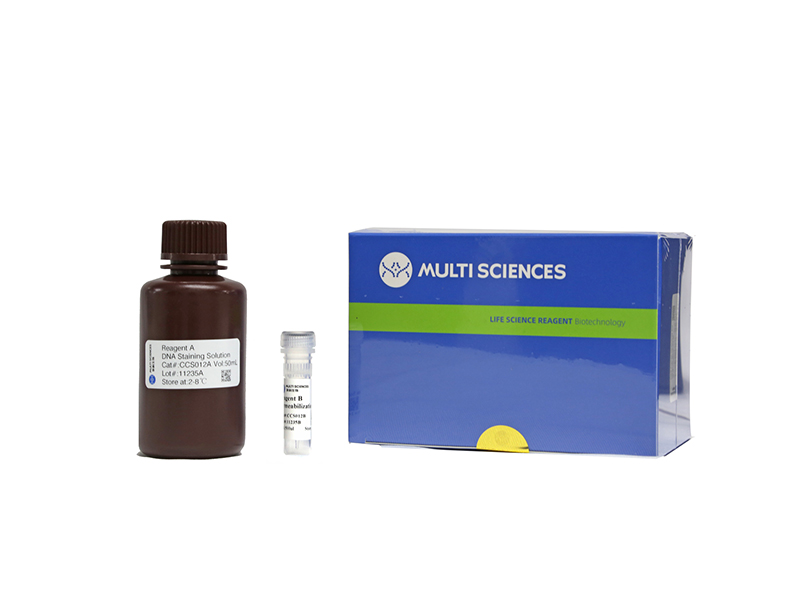Thyroid cancer is one of the most common primary endocrine malignancies worldwide, and papillary thyroid carcinoma (PTC) is the predominant histological type observed therein. Although PTC has been studied extensively, our understanding of the altered metabolism and metabolic profile of PTC tumors is limited. We identified that the content of metabolite homogentisic acid (HGA) in PTC tissues was lower than that in adjacent non-cancerous tissues. We evaluated the potential of HGA as a novel molecular marker in the diagnosis of PTC tumors, as well as its ability to indicate the degree of malignancy. Studies have further shown that HGA contributes to reactive oxygen species (ROS) associated oxidative stress, leading to toxicity and inhibition of proliferation. In addition, HGA caused an increase in p21 expression levels in PTC cells and induced G1 arrest. Moreover, we found that the low HGA content in PTC tumors was due to the low expression levels of tyrosine aminotransferase (TAT) and p -hydroxyphenylpyruvate hydroxylase (HPD), which catalyze the conversion of tyrosine to HGA. The low expression levels of TAT and HPD are strongly associated with a higher probability of PTC tumor invasion and metastasis. Our study demonstrates that HGA could be used to diagnose PTC and provides mechanisms linking altered HGA levels to the biological behavior of PTC tumors.
文章引用产品列表
-
- CCS012
- 周期试剂盒
Cell Cycle Staining Kit 细胞周期检测试剂盒
- ¥390.00



